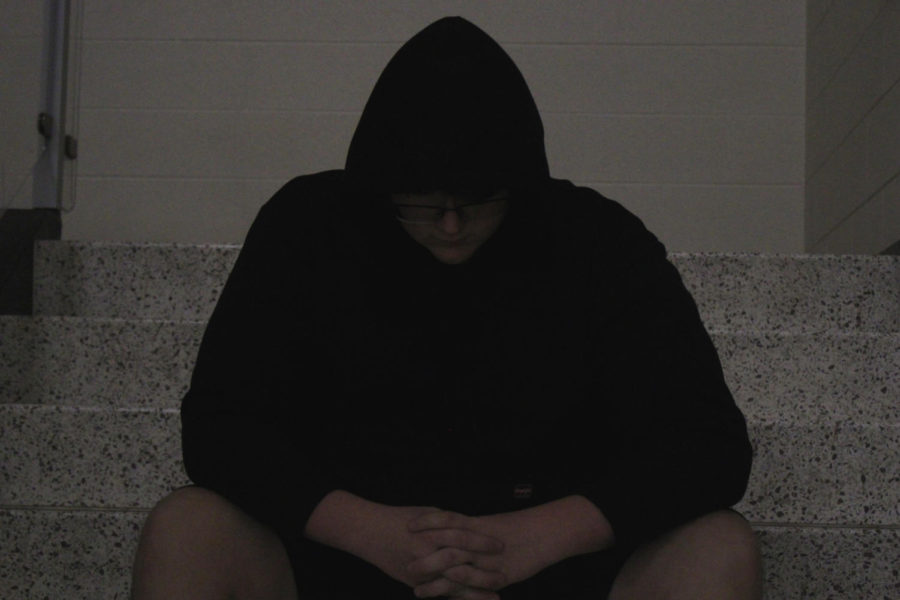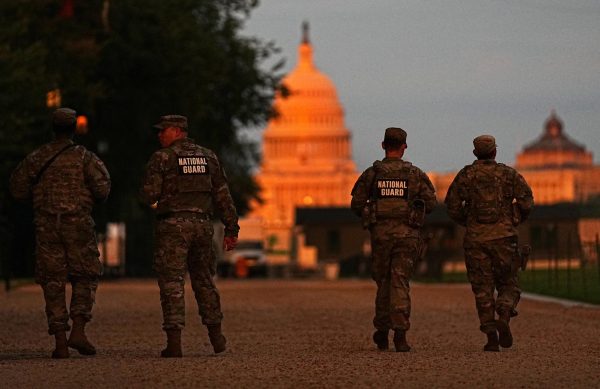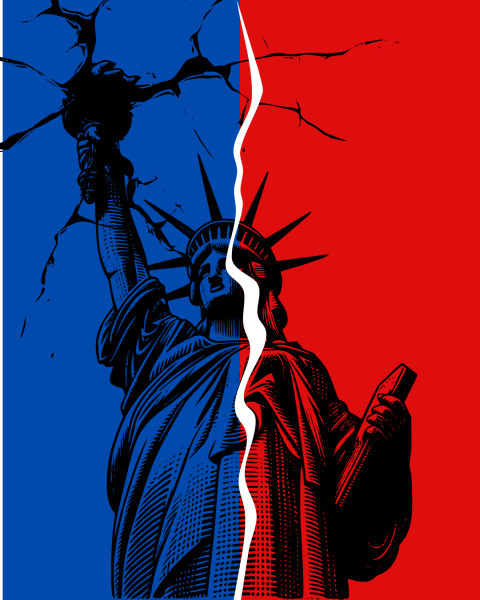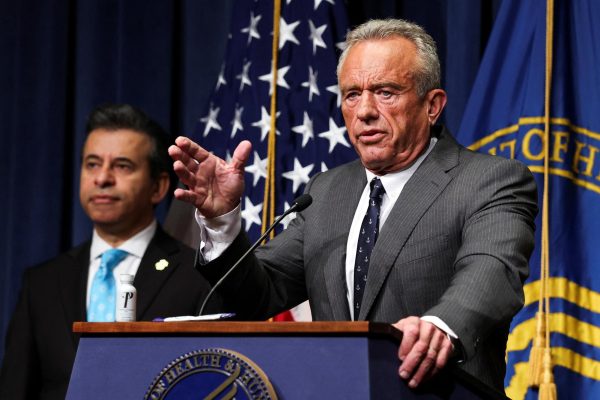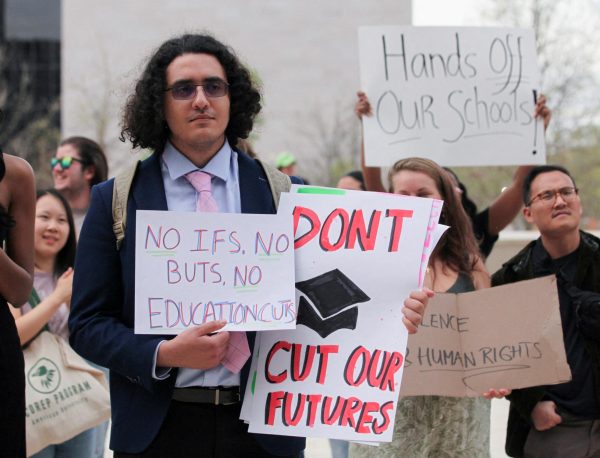The School-to-Prison Pipeline
How students are punished in high school and perform academically can have long-term negative effects on students.
A student at Olive Branch High School in DeSoto County, Mississippi, was put on administrative leave for five months, or the majority of the academic year, after it was claimed that he was connected to a gang. The proof? In a photo with classmates, he made “gang signs.” The only issue was that his alleged gang signs consisted of him holding up his thumb, forefinger, and middle finger. Bruce was holding up his number on the school’s football team.
Education and public safety practices that force pupils into the criminal justice system are referred to as the “school-to-prison pipeline.” Zero-tolerance disciplinary procedures, which involve the police in cases of minor misconduct and frequently result in arrests and referrals to juvenile incarceration, put pupils into the pipeline.
Criminal charges and incarceration may follow from this. Schools inadvertently force youngsters into the pipeline through suspension, expulsion, discouragement, and even the need to take high-stakes tests. The pipeline disproportionately affects many groups like LGBTQ+ kids, youth of color, and students with disabilities.
Concerns:
There are many concerns when it comes to this policy. When schools interpret “weapon” broadly and expel children for constructing guns out of their fingers or biting Pop-Tarts into the shape of guns, zero-tolerance practices come under heavy fire.
However, they are not the primary cause of increased school suspensions. School districts embraced their own variation of the broken windows theory of policing at the same time that zero-tolerance policies for violence were becoming more prevalent. In order to make people feel safer and deter more serious crimes, the broken windows theory emphasizes the importance of harsh punishment for minor offenses. In schools, this resulted in more suspensions for behaviors that previously hadn’t called for them, such as talking back to teachers, skipping class, or being otherwise disruptive.
As is frequently the case with law enforcement, resources that are meant to be utilized for a rare occurrence frequently end up being used for more frequent occurrences just because they are available. The Indiana Department of Education shows that during the 2021–2022 academic year, over 1,000 children were detained in Indiana schools. The majority of the offenses were minor.
Discipline:
The juvenile justice system is involved when a school permits a school resource officer to detain a student or, less severely and more frequently, refers a student to law enforcement or juvenile court as a form of discipline. That makes getting a juvenile record for a student considerably simpler (even if the punishment for a first offense is light, punishment for a second offense is likely to be much harsher).
It is difficult to demonstrate that suspensions contribute to delinquency in the same manner that they do to subpar academic results. However, studies contend that just as out-of-school suspensions or expulsions don’t help a student’s academic performance, they also don’t do much to improve their safety or behavior monitoring.
Discrimination:
Many groups face discrimination due to this.
Systemic racism makes it more likely for students from marginalized communities to enter the pipeline from schools to prisons. Systemic racism also referred to as structural or institutional racism, describes the structures and policies that establish and sustain racial inequality.
A disproportionate number of students of color drop out of school and enter the criminal justice system as a result of the school-to-prison pipeline, which can have detrimental outcomes that can change their lives.
For instance, high school dropouts are more likely to wind up behind bars. 80% of male prisoners in state and federal facilities lack a high school diploma. An African-American man without a high school education has a roughly 70% probability of being incarcerated by the time he reaches his mid-thirties according to a report by The Hamilton Project.
As a result, they receive a criminal record, which may make it more challenging for them to find housing, establish credit, find jobs, and become eligible for public assistance. Students who are convicted of felonies may also lose their right to vote and their eligibility for financial aid, as well as have even more difficulties in getting employment. Students who drop out of high school also end up making less money than their friends who do.
Twenty percent of all detained adolescents in the United States who participated in surveys of juvenile detention centers and correctional facilities identified as LGBTQ+ or gender non-conforming, and nearly 40% of girls identified as LGBTQ+.
LGBTQ+ adolescents are disproportionately affected by automatic harsh disciplinary measures taken at schools, which can lead to early and lasting run-ins with the law.
This is due to the fact that LGBTQ+ adolescents experience higher rates of discrimination, bullying, and harassment at school from their classmates and are frequently punished for being victimized themselves or for attempting to protect themselves in a hostile environment.
LGBTQ+ youth are also subjected to unjust punishment for defying gender and sexuality expectations at school. This can include being punished for breaking gendered dress code rules at school or acting in teenage ways that their non-LGBTQ friends don’t.
Students with disabilities can also be targeted. As 85% of adolescents in juvenile detention facilities have special education-qualifying disabilities. The prevalence of youth with disabilities in juvenile correctional is three to five times higher than that of young with disabilities in public schools. Sadly, just 37% of young people in juvenile prison centers who required special education actually obtained it through the Individuals with Disabilities Education Act.
What are schools doing?
Some of the biggest school systems in the country are trying to change discipline so that students aren’t reported to the police in order to penalize students in ways other than suspension.
Restorative justice programs are being investigated in schools. They place an emphasis on building connections between educators, pupils, and administrators and provide students with a chance to talk about their issues and find solutions.
The are many programs that have been put into place to help students. The Prison Policy Initiative, the Coalition for Public Safety, and the Vera Institute of Justice are a few programs that can help.
Understanding the underlying causes of misbehavior, making repairs, and fostering a feeling of community are all goals of restorative justice.
There are various restorative techniques involved in this process. In order to guarantee that disciplinary measures are not administered unfairly.
The first step is to address the discrepancies in disciplinary practice by examining and monitoring policies and practices. The second strategy is to establish a positive learning environment at the school that emphasizes compromise and negotiation over retaliation. The third strategy is to use professional training and development to enhance communication abilities, combat cultural bias, improve cultural competence, and gain knowledge of educational trauma.
Your donation will support the student journalists of Logansport High School. Your contribution will allow us to purchase equipment and cover our annual website hosting costs.

Freshman Maddison Sell (all pronouns) is a reporter and a member of the class of 2026. She joined Magpie their freshman year (2022-23). One of his favorite...

